Kenya’s safari reputation often conjures images of packed Land Cruisers surrounding a single leopard while dozens of cameras click simultaneously. The reality extends far beyond these crowded scenarios, though finding authentic wildlife experiences requires venturing away from the well-trodden tourist circuits. Remote conservancies, private reserves, and lesser-known national parks offer encounters with Africa’s iconic animals without the circus atmosphere that plagues popular destinations.
Smart travelers discover that Kenya’s best safari experiences happen when you can hear the wilderness breathing around you. Here’s a list of 15 safari activities where you’ll encounter more animals than other tourists.
Laikipia Plateau Walking Safaris

This elevated grassland north of Mount Kenya supports diverse wildlife populations while maintaining strict visitor limits that prevent overcrowding. Professional guides lead small groups on foot through landscapes where encounters with elephants, lions, and rare species like Grevy’s zebras happen at a walking pace rather than from vehicle windows.
The plateau’s elevation creates cooler temperatures that make walking comfortable while providing dramatic views across Kenya’s central highlands. Most conservancies here limit daily visitor numbers, ensuring that wildlife viewing remains intimate and authentic.
Meru National Park Off-Season Visits
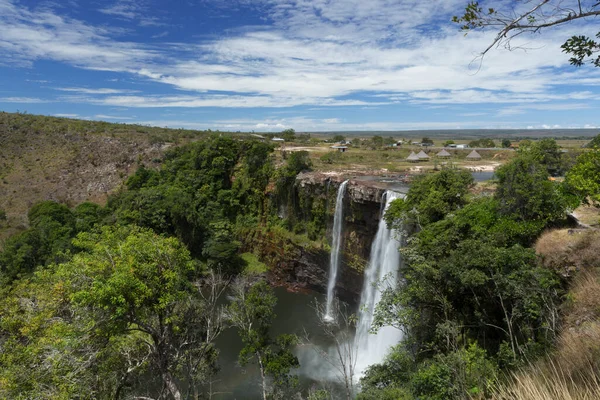
Kenya’s fourth-largest national park receives minimal tourist traffic compared to its famous neighbors, creating opportunities for solitary wildlife encounters throughout most of the year. The park’s diverse ecosystems support over 400 bird species alongside healthy populations of elephants, lions, and the rare white rhinoceros that conservationists successfully reintroduced.
Meru’s river systems attract animals year-round, though the dry season concentrates wildlife around permanent water sources for easier viewing. The park’s size allows for days of exploration without encountering other tourist vehicles.
Like Travel Pug’s content? Follow us on MSN.
Samburu National Reserve Night Game Drives

Special conservancy areas around Samburu offer after-dark wildlife viewing experiences that reveal nocturnal behaviors invisible during standard daytime safari drives. Licensed night drive operators use red-filtered spotlights that don’t disturb animals while illuminating activities like lion hunting, leopard movement, and the fascinating social behaviors of various nocturnal species.
The reserve’s unique northern Kenya ecosystem supports animals found nowhere else in the country, including reticulated giraffes and Somali ostriches. These evening adventures typically accommodate maximum groups of six people, maintaining the intimate atmosphere that makes wildlife encounters memorable.
Tsavo East Wilderness Camping
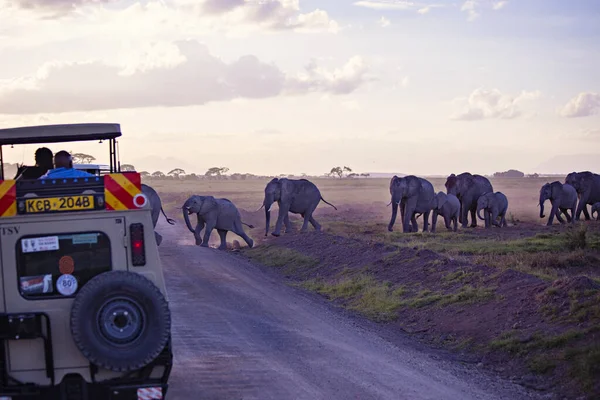
Kenya’s largest national park offers multi-day camping experiences in designated wilderness areas where visitors might not see another human for days. The park’s red elephants — colored by iron-rich dust — roam freely through landscapes so vast that wildlife viewing feels like discovery rather than tourism. Professional camping operators provide all necessary equipment while maintaining strict environmental standards that preserve the wilderness experience.
Tsavo’s size means that animals behave naturally without the stress that constant tourist presence creates in smaller, more popular parks.
Maasai Mara Conservancy Partnerships
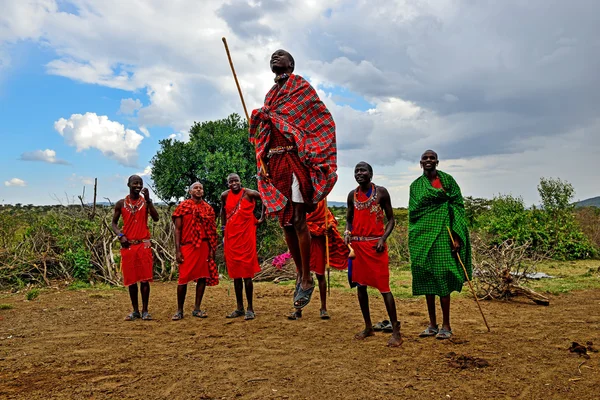
Private conservancies surrounding the famous Maasai Mara National Reserve offer exclusive wildlife viewing experiences limited to guests of specific lodges or camps. These partnerships between local Maasai communities and conservation organizations restrict visitor numbers while providing direct economic benefits to indigenous populations.
Wildlife densities often exceed those in the main reserve since animals move freely between protected areas without encountering the heavy tourist traffic that crowds the central Mara. Most conservancies limit bed nights rather than daily visitors, ensuring that guest numbers remain manageable throughout peak seasons.
Like Travel Pug’s content? Follow us on MSN.
Lake Nakuru’s Flamingo Migration Patterns

Strategic timing allows visitors to witness Lake Nakuru’s flamingo populations during specific migration windows when tourist crowds haven’t yet discovered the birds’ current location. The alkaline lake’s flamingo numbers fluctuate based on water levels and algae blooms, creating opportunities for spectacular viewing when conditions align perfectly.
Local bird guides track these patterns and can predict optimal viewing times weeks in advance, allowing smart travelers to position themselves for extraordinary experiences. The national park’s compact size makes flamingo viewing efficient, while its varied habitats support other wildlife that provides entertainment between flamingo sightings.
Aberdare National Park Mountain Hiking
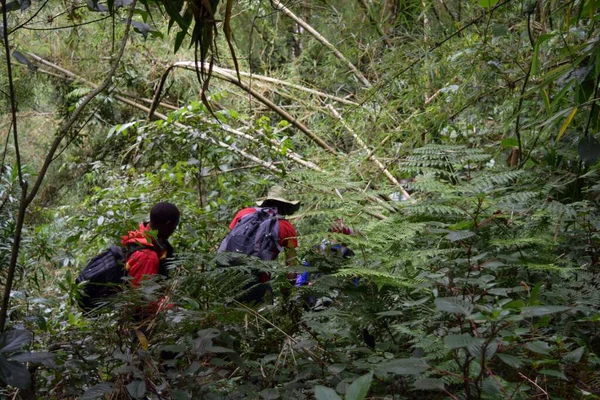
The Aberdare mountain range offers high-altitude wildlife viewing combined with hiking adventures that most safari tourists never consider. Forest elephants, leopards, and various antelope species inhabit these montane ecosystems at elevations reaching over 13,000 feet above sea level.
The park’s challenging terrain limits access to serious hikers, naturally reducing visitor numbers while providing encounters with species adapted to mountain environments. Weather patterns create dramatic lighting conditions that enhance wildlife photography, while the elevated perspectives offer unique vantage points impossible in traditional lowland safari areas.
Amboseli Elephant Research Participation
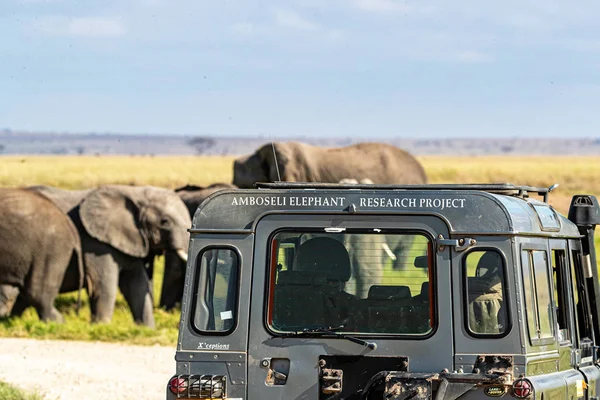
Long-term elephant research projects in Amboseli National Park occasionally accept visitors who can contribute meaningful support to ongoing scientific studies. These programs provide intimate access to elephant family groups while supporting conservation efforts through citizen science participation.
Researchers share decades of knowledge about individual elephants, their family relationships, and behavioral patterns that transform casual wildlife viewing into educational experiences. The research focus means that elephant encounters happen at the animals’ pace rather than tourist schedules, creating more authentic and less stressful interactions.
Like Travel Pug’s content? Follow us on MSN.
Hell’s Gate National Park Bicycle Tours
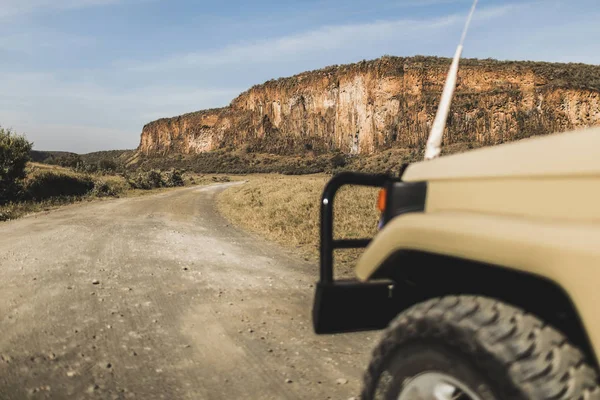
This unique national park allows visitors to explore wildlife areas by bicycle, creating quiet approaches to animals that vehicles can’t match. The park’s geological features — including natural geothermal springs and dramatic rock formations — provide scenic backdrops for wildlife viewing while limiting visitor access to those willing to pedal rather than drive.
Buffalo, zebra, and various antelope species tolerate bicycles better than motor vehicles, allowing for closer encounters with less disturbance. The physical activity requirement naturally limits visitor numbers while providing exercise that enhances the overall safari experience.
Lake Naivasha Private Island Camps
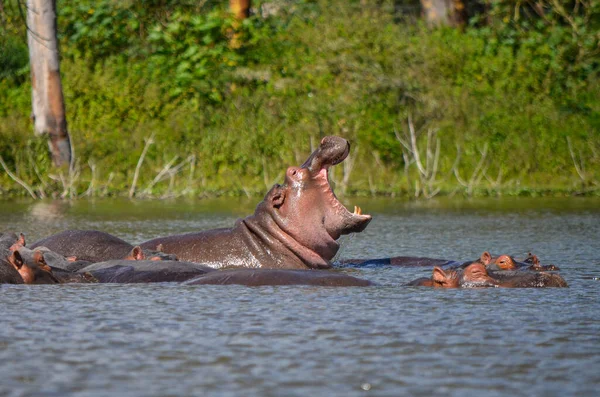
Several small islands in Lake Naivasha offer exclusive camping experiences where hippos, various bird species, and occasional wildlife visitors create intimate safari atmospheres. These private island camps accommodate limited numbers of guests while providing unique perspectives on Kenya’s freshwater ecosystem and wildlife.
Boat transfers to island locations prevent casual day visitors from disrupting the experience while creating opportunities for water-based wildlife viewing. The lake’s elevation and ecosystem support species rarely seen in traditional safari parks, including fish eagles, pelicans, and various water-adapted mammals.
Chyulu Hills Carbon Offset Expeditions
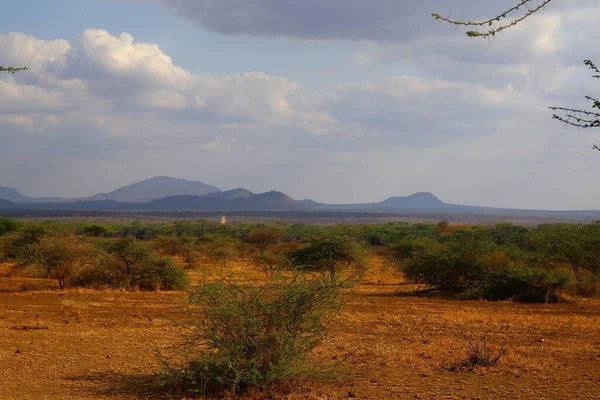
These volcanic hills between Amboseli and Tsavo offer carbon offset tourism programs that combine conservation education with exclusive wildlife viewing opportunities. The hills’ unique ecosystem supports forest elephants and various endemic species while generating carbon credits that fund local conservation efforts.
Visitor programs focus on education and conservation participation rather than traditional game viewing, creating more meaningful connections with Kenya’s environmental challenges. The remote location and specialized focus naturally limit visitor numbers while providing access to landscapes that most tourists never experience.
Like Travel Pug’s content? Follow us on MSN.
Lake Baringo Community Conservancies
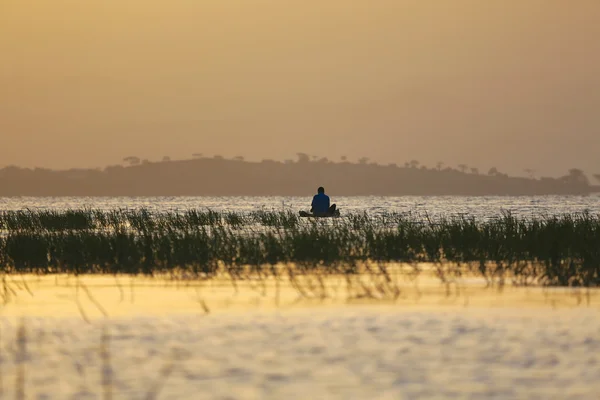
Local fishing communities around Lake Baringo have developed small-scale tourism programs that offer authentic cultural experiences combined with freshwater wildlife viewing. These community-run initiatives provide boat tours, bird-watching expeditions, and visits to traditional fishing villages while directly supporting local economies.
The lake’s island bird sanctuaries host over 400 species, including several endemic varieties that attract serious bird watchers willing to venture beyond mainstream tourist circuits. Community ownership ensures that tourism remains small-scale and culturally appropriate while providing alternative income sources for local families.
Ol Pejeta Conservancy Rhino Tracking
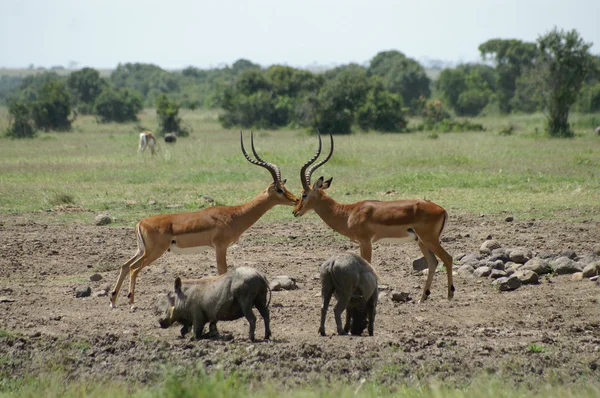
This private conservancy operates specialized rhino tracking programs that allow visitors to participate in conservation monitoring while observing both black and white rhinoceros species. The conservancy’s security infrastructure protects critically endangered animals while providing educational experiences about anti-poaching efforts and species recovery programs.
Rhino tracking activities require advance booking and physical fitness, naturally limiting participant numbers while ensuring that encounters contribute to conservation rather than just entertainment. The conservancy also hosts the world’s last two northern white rhinos, providing unique opportunities to witness conservation history in action.
Matthews Range Forest Elephants
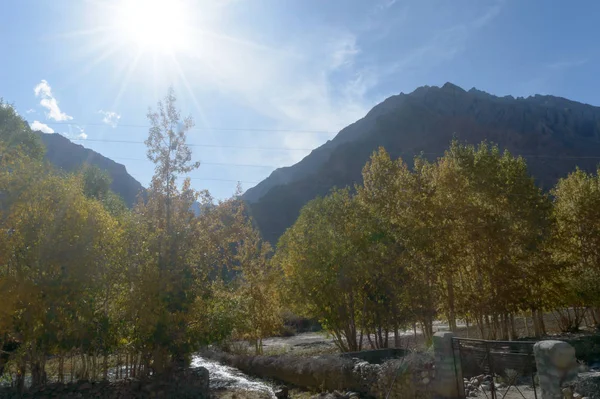
Remote mountain forests north of Samburu support elephant populations that rarely encounter tourists due to challenging access requirements and limited accommodation options. These forest elephants exhibit different behaviors from their savanna cousins, including more secretive movements and different feeding patterns adapted to montane environments.
Local guides from nearby communities provide the specialized knowledge required to track forest elephants safely while supporting indigenous populations through tourism income. The mountain environment creates dramatically different safari experiences compared to traditional open savanna wildlife viewing.
Like Travel Pug’s content? Follow us on MSN.
Kerio Valley Escarpment Adventures
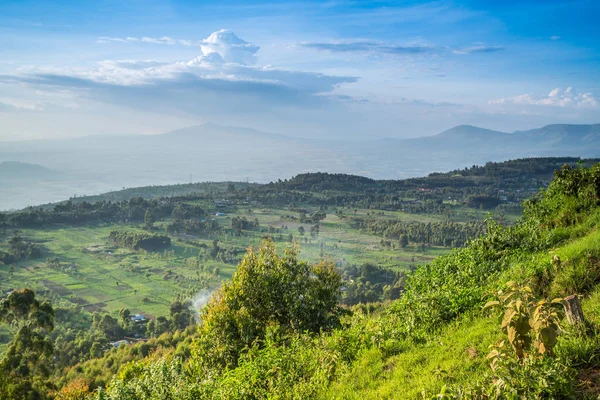
The Great Rift Valley’s western escarpment offers spectacular landscape viewing combined with wildlife encounters in environments that most tourists never explore. Local communities have developed walking safari programs that showcase both wildlife and traditional pastoral cultures while providing economic alternatives to livestock farming.
The escarpment’s elevation changes create diverse micro-habitats that support various species adapted to different altitudes and rainfall patterns. These programs typically accommodate small groups led by local guides whose traditional knowledge enhances wildlife tracking and cultural understanding.
Beyond the Tourist Trail
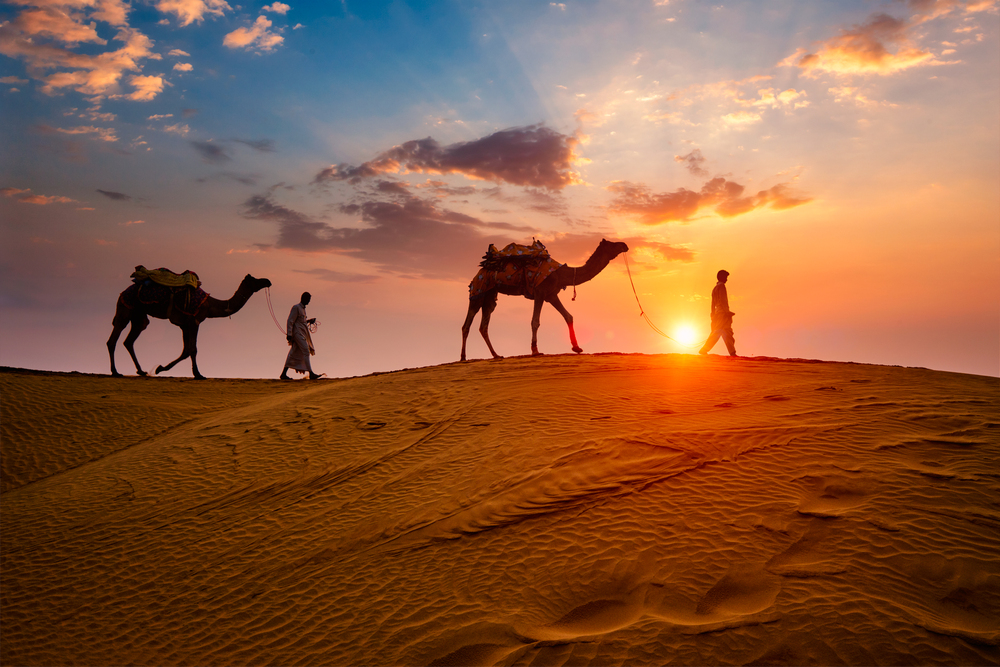
Kenya’s safari industry has trained visitors to expect certain experiences in specific locations, but the country’s wildlife extends far beyond these well-marketed destinations. Remote conservancies, community-owned areas, and lesser-known national parks offer encounters that feel more like exploration than tourism.
The trade-off involves more planning, higher costs per person, and sometimes challenging logistics, but the reward is experiencing Kenya’s wildlife as it actually exists rather than as tourism packages present it. These authentic experiences create connections with conservation efforts while supporting local communities that depend on wildlife for their economic survival.
More from Travel Pug

- 20 Best Beach Towns in the Carolinas
- 13 Destinations Where Tourists Regularly Regret Their Trip
- 20 Things You Actually Get in First Class
- 20 Small Airports With Aviation Museums
- 20 Places in the U.S. That Are Perfect for a Reset Trip
Like Travel Pug’s content? Follow us on MSN.
